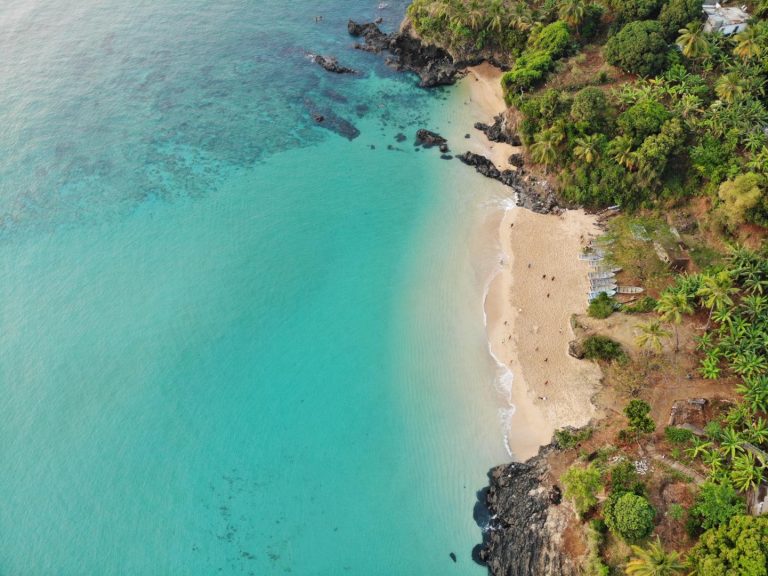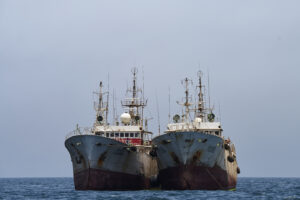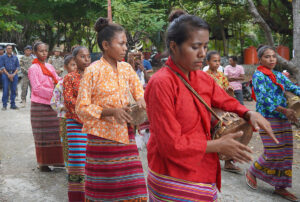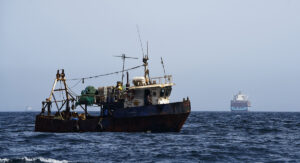Much of the world’s remaining biodiversity is found in developing countries where governments commonly lack the resources, finances or infrastructure to manage and protect threatened environments. Many states are incapable of protecting biodiversity through conventional forms of ‘top-down’ governance, and a lack of enforcement capacity often results in alienation of local communities and meaningless ‘paper parks’ in which open access to natural resources continues despite legislation to protect biodiversity.
Working with remote coastal communities in Madagascar, Blue Ventures has developed new community laws, following a traditional convention known as Dina, to protect threatened coral reefs and related ecosystems. The new rules, created and imposed by village elders, are widely respected by communities, and have been used to designate specific ‘no take’ marine reserves within which fishing is prohibited, as well as outlawing destructive fishing techniques across much broader areas.

Vilage elders create and enforce the dina
The research was undertaken within the Velondriake locally-managed marine area (LMMA) in southern Madagascar, the largest community-managed marine protected area in the Indian Ocean. Andriamalala’s findings, published in the open-access journal Tropical Conservation Science, highlight the importance of close community involvement and consultation in the development of protected areas. The study, published in two languages to be of relevance to local practitioners, emphasises that maintaining local leadership in conservation is fundamental to ensuring compliance with rules and respect for management efforts. Many conservation efforts fail because rules are made by outsiders and are therefore poorly understood by local communities.
“Local leadership is key to conservation legitimacy”, said Charlie Gardner, co-author of the study from the University of Kent in Canterbury, United Kingdom. “We hope that our findings will be of use to conservation practitioners working with local communities elsewhere in Madagascar and beyond; Velondriake’s truly community-led approach is undoubtedly the secret to this protected area’s success.”
Notes for editors
* Tropical Conservation Science is an open-access e-journal that publishes research relating to conservation of tropical forests and other tropical ecosystems. The chief benefit of publishing in an open access format is that papers are freely accessible to the public, allowing wide dissemination of research (tropicalconservationscience.org).
* The full article can be downloaded here.
* Recommended citation: Gildas Andriamalala and Charlie J. Gardner 2010. L’utilisation du dina comme outil de gouvernance des ressources naturelles : leçons tirés de Velondriake, sud-ouest de Madagascar. Tropical Conservation Science Vol. 3 (4):447-472.
* The Velondriake marine protected area (MPA) spans 640-square km along the southwest coast of Madagascar. Named ‘Velondriake’, for the Malagasy “to live with the sea”, the MPA benefits more than 10,000 people and protects coral reefs, mangroves, seagrass beds, baobab forests and other threatened habitats. See http://www.livewiththesea.org/ for more information.






















